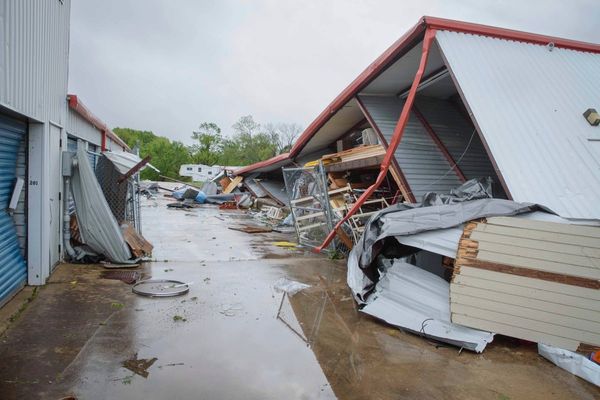
About one sixth of global cropland is contaminated by toxic heavy metals, researchers have estimated, with as many as 1.4 billion people living in high-risk areas worldwide.
Approximately 14 to 17% of cropland globally – roughly 242m hectares – is contaminated by at least one toxic metal such as arsenic, cadmium, cobalt, chromium, copper, nickel or lead, at levels that exceed agricultural and human health safety thresholds.
The analysis, which was conducted by the American Association for the Advancement of Science (AAAS) and published in the journal Science, collected data from more than 1,000 regional studies across the globe, as well as using machine learning technology.
Dr Liz Rylott, a senior lecturer in the department of biology at the University of York, who was not involved in the research, said: “These findings reveal the deeply worrying extent to which these natural poisons are polluting our soils, entering our food and water, and affecting our health and our environment.
“Often collectively called heavy metals, these elements cause a range of devastating health problems, including skin lesions, reduced nerve and organ functions, and cancers.”
Toxic metal pollution in soil originates from both natural and human activity. Contaminated soil causes significant risks to ecosystems and human health as well as reducing crop yields, jeopardising water quality and food safety owing to bioaccumulation in farm animals. Toxic metal contamination can persist for decades once pollution has been introduced into soil.
As demand for critical metals increases, scientists have warned that the heavy metal pollution of soils is likely to worsen. “Our drive for technology-critical metals to build the green infrastructure required to tackle climate change (wind turbines, electric vehicle batteries and photovoltaic panels) will exacerbate this pollution,” said Rylott.
By combining the data in the study with the global population distribution, researchers estimate that between 900 million and 1.4 billion people live in high-risk areas across the world.
Cadmium was found to be the most widespread toxic metal and was particularly prevalent in south and east Asia, parts of the Middle East and Africa.
“This map illustrates how metal pollution is independent of human borders; to tackle this problem, countries will have to work together,” said Rylott. “Much of the pollution is in low- and middle-income countries, where communities are directly affected, exacerbating poverty. The effect of these contaminated crops entering global food networks is not as clear.”







